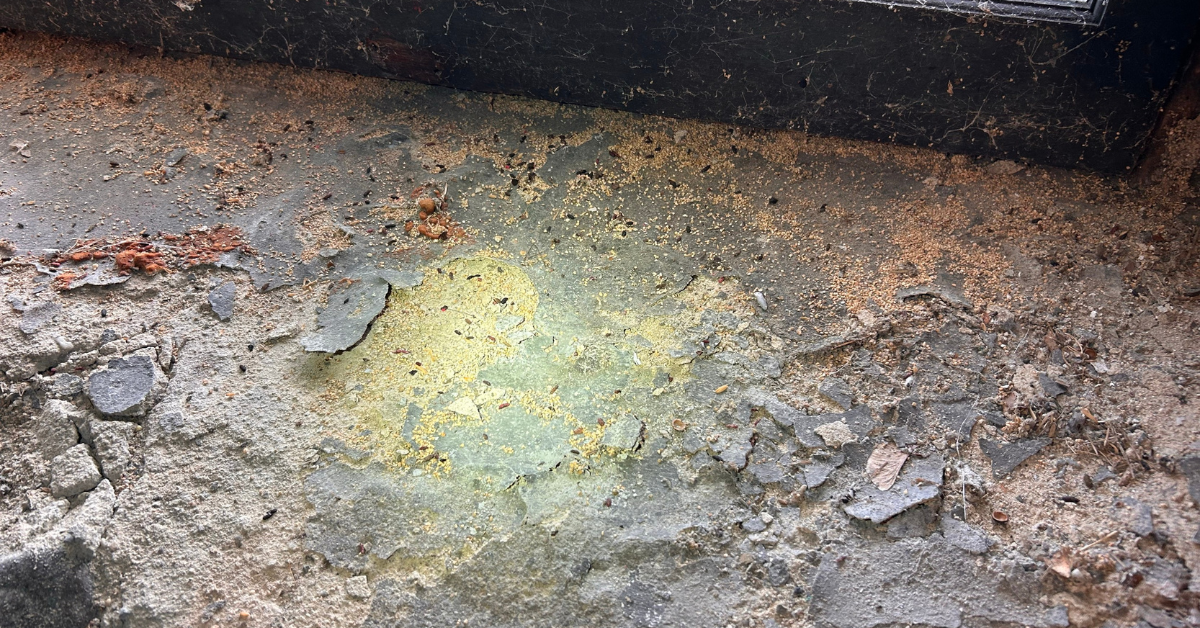Protect Your Albany Home from Flying Squirrels: Expert Pest Control Solutions
Are you hearing mysterious scurrying sounds in your attic at night? You might have some unexpected roommates - flying squirrels! These nocturnal acrobats are more than just cartoon characters; they're real pests that can cause real problems for homeowners in Albany and the Capital Region.
The Fascinating World of Flying Squirrels
Flying squirrels are nature's gliders, capable of impressive aerial feats:
- Glide up to 150 feet between trees
- Make 180-degree turns mid-air
- Potentially gain lift during glides
But when these agile creatures decide to make your home their playground, it's time to take action.
Signs of a Flying Squirrel Infestation
Be on the lookout for these telltale signs:
- Nocturnal noises in walls or attic
- Larger openings around your home's exterior
- Squirrels entering and exiting your property
- Daytime scurrying sounds
Why Flying Squirrels Choose Your Home
These furry invaders are attracted to:
- Warm, sheltered spaces like attics and chimneys
- Easy access to food sources
- Protection from predators
Professional Pest Control: Your Best Defense
Don't let flying squirrels take over your Albany home. Thomas Pest Services offers expert wildlife removal near you:
- Free, thorough inspection
- Customized removal plan
- Preventative measures to avoid future infestations
Act Now to Protect Your Home
Don't wait for flying squirrels to cause extensive damage. Contact Thomas Pest Services today for a free inspection and reclaim your pest-free home in Albany and the Capital Region.


.png)
.png)
